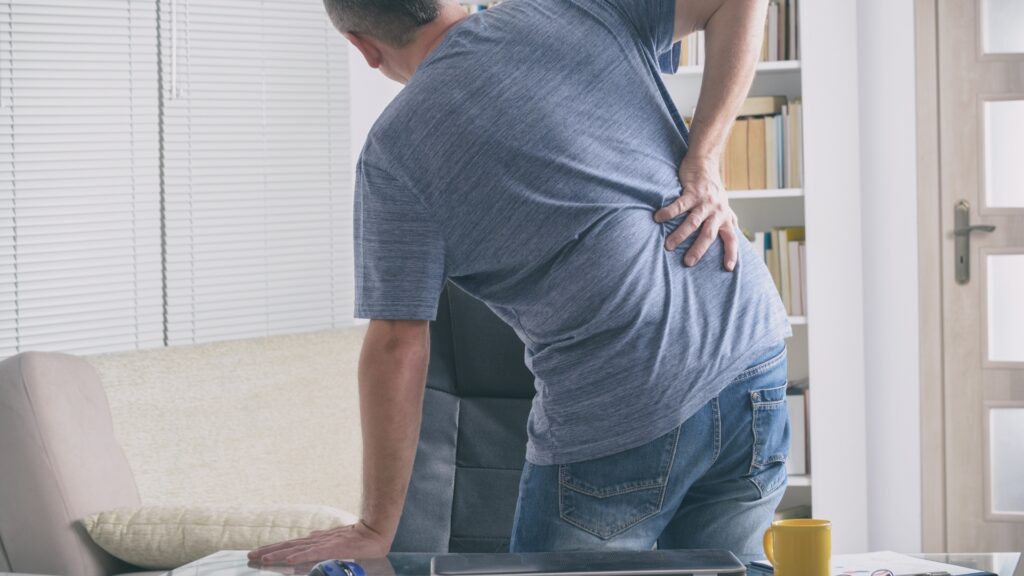
How much lower back curve is too much? How should my spine look?
Your lower back should have a smooth elliptical curve and this can be measured, there should be more curve in the lower part of your lower lumbar spine, the L4 to S1 segments. The curve then reduces as it gets towards the top part of the lumbar spine, L1 to L3 segments.
The lower back itself should have this smooth lordosis, the only way it can accurately and reliably be measured is to do this on a standing X-Ray (standing MRI’s are just very uncommon). Anything observations or statements of curve done without this are generally speaking, going to be incorrect, or subject to extreme unreliability.
There are many factors that influence how the curve in the lower back looks and these can be as simple as the amount of fat we have and where it’s laid down, to gluteal development or lack there of. All of these create illusions, not to mention the fact that the spine itself is located relatively deep within the body.
Seeing how the back looks from the surface therefore is not an accurate enough assessment to make clinical judgements with regards to changing the perceived ‘alignment’. Be very wary if a physical examination has lead to the recommendation to do something to make a change to your lordosis or back curve.







